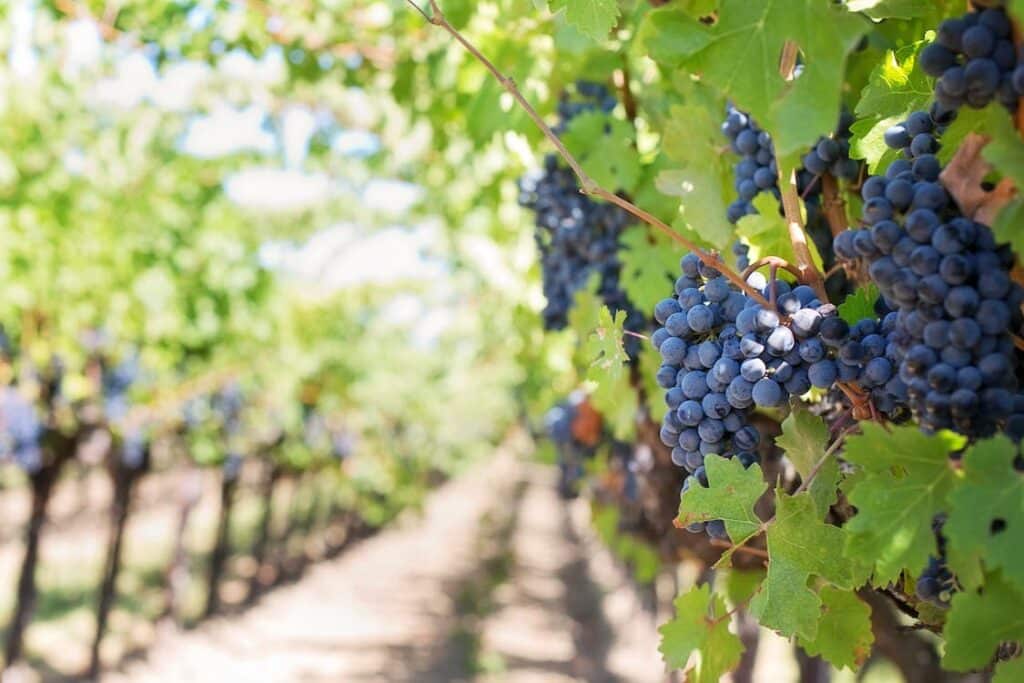An entire industry hinges on the concept of ‘fine wine’, so it may be surprising to learn that the term has no exact definition. In the words of wine critic Matt Kramer, ‘fine wine is not a sure thing.
Even so, the global fine wine market was worth almost $345 last year and is expected to reach $530 in value by 2029. There is also an active secondary market for fine wine. Despite the absence of clear-cut definitions or regulations categorising it, the fineness of wine is ostensibly a market and revenue driver to reckon with.
Fine wine is essentially a quality descriptor. It indicates the perceived value or status of some wines and works as an aspirational positioning. There are several attributes at play here, which can be used to assess the fineness of a wine. For instance, a bottle of fine wine will have resale value, it will appreciate over time, it will have brand recognition and critical acclaim, it will be a product of meticulous viticultural standards, and it will have limited availability.
Fine wine terminology around the world
To lend some structure to the concept of a wine’s fine quality, different countries and appellations use various terminology on wine labels. Some common terms that denote the high quality or fineness of wine and are easy indicators:
- Premier cru supérieur
- Premier cru
- Premium
- Cru classé
- Classified growth
- Estate wine
- Imbottiglato all’origine
- Riserva
- Riserva DOCG
- Reserve
- Superiore
- Denominación de Origen (DO)
- Denominación de Origen Calificada (DoCa)
- Gran reserva
Indicators to help you assess if it’s a fine wine
The Price Tag
Not all expensive wines are fine wines, but most fine wines are expensive. Potential fine wines will further appreciate in value as they age and their availability in the market dwindles. Hence, so-called investment-grade wines are almost always fine wines.
Fewer bottles mean greater collectability and higher prices, but there are exceptions to the norms; e.g. some Champagne labels like Roderer Cristal have sizeable production runs but sell for sizeable sums, nonetheless.
Fine Wine Quality
Quality is subjective, but the consensus between critics and consumers can be assumed in the case of fine wines with superior vintages. Fineness and quality can be ascertained by the length, balance, smoothness, flavour, and complexity of the wine.
Age-worthiness
The ability of a wine to age well and improve over time is a trait of fine wines. Ageing in wood is a common feature and traditionally fine wines were aged in wood before bottling but now this is becoming less of a consideration – it is ageing in a bottle that is crucial for determining a wine’s fineness and age-worthiness.
Reputation and Record
The reputation and track record of an estate lends confidence in its wines and is often a common factor in fine wine assessment. The consistent performance of a region and winery over time indicates the presence of a favourable climate, nurturing soil, refined winemaking processes, and expert craftsmanship. Whether the region is famous for a specific style of wine, or the winery historically produces excellent wines plays a part in consumer perception.
However, this is a rather conservative factor largely applicable to Old World wines, and many new and young wines in the market qualify as fine wines but do not have a long history, especially New World wines like the iconic Screaming Eagle.
Provenance and Ownership
Provenance indicates how and where a fine wine has been stored since its market release and refers to the wine’s authenticity, the bottle’s origin, history and proof of ownership, and storage conditions.
A record of provenance is especially crucial for older wines and Old-World wines. In the case of New World wines, provenance is defined by the regional spread of the grapes used – a small and well-specified source of high-quality grapes will produce single vineyard premier crus, for example. Yet, a Penfolds Grange, for example, is a superior wine that is a blend of two or more varietals produced hundreds of miles apart in Australia.
The notion of fine wine can be personal and subjective
Perceptions regarding fine wine have been changing with globalisation and access to information and experiences. While once the category may have been limited to Bordeaux and Burgundy Grand Crus, today lesser known and less expensive wines like German Rieslings and Californian Cab Sauv can also make the cut.
At the end of the day, perception comes down to an individual level, even if it is at odds with standard or normalised opinion, as the rise and fall of wines are decided by dynamic customer preferences and palates. And so, irrespective of the complexities of wine classification, opaque labels, and multilingual terminology, the notion of fine wine can be personal and highly subjective.
Interested to know more? Check out this season’s fine wine trends.







